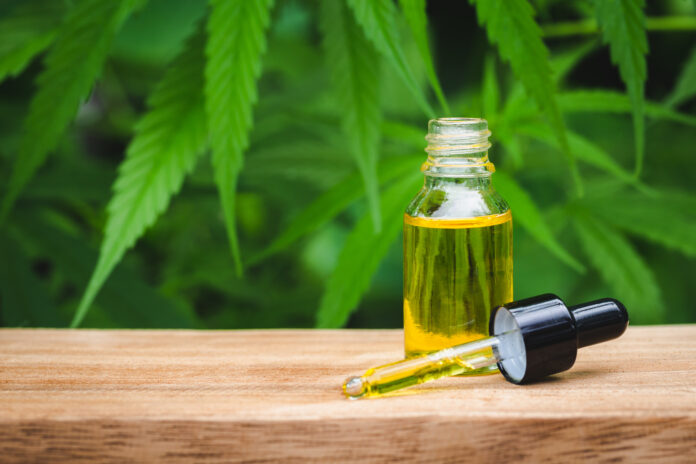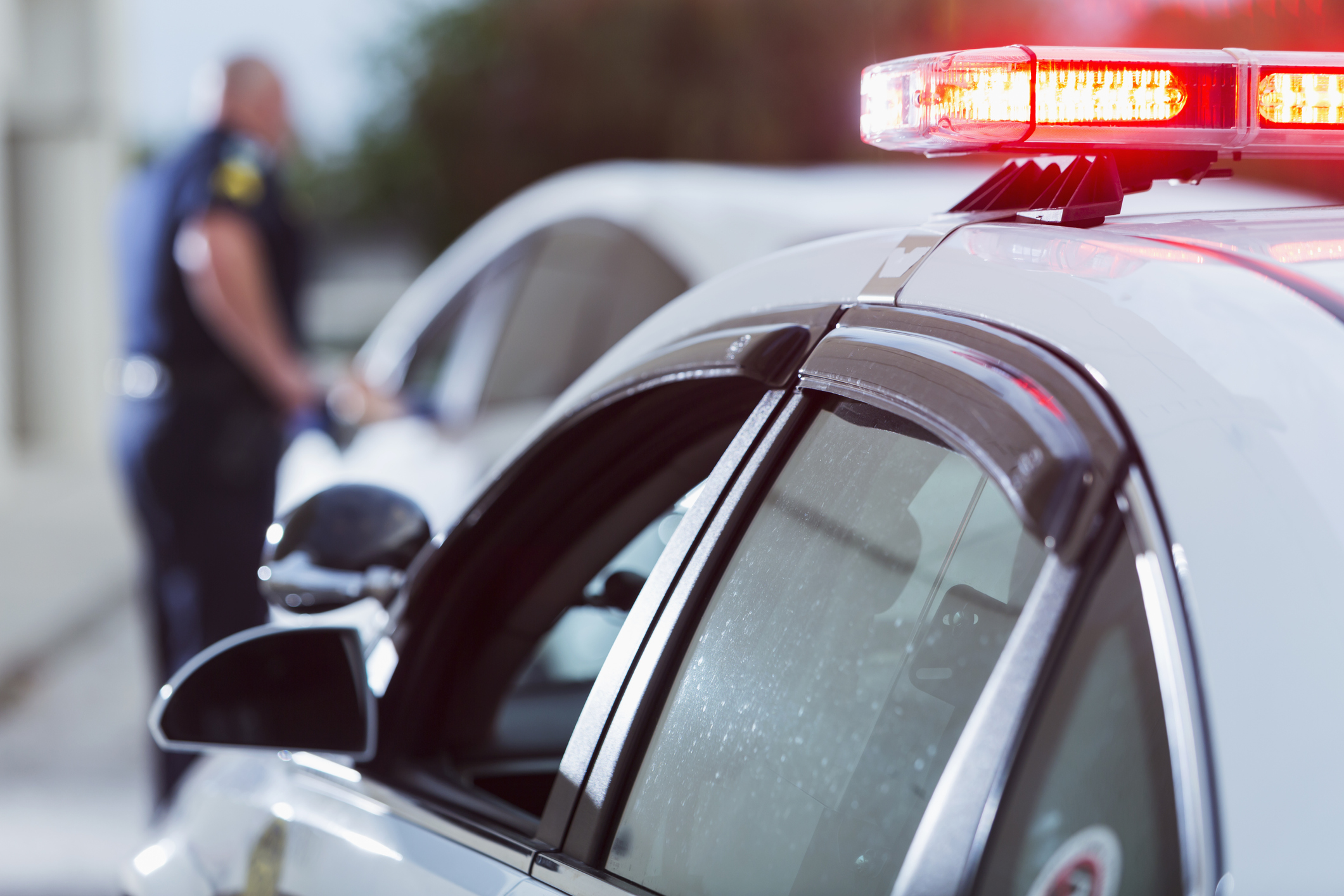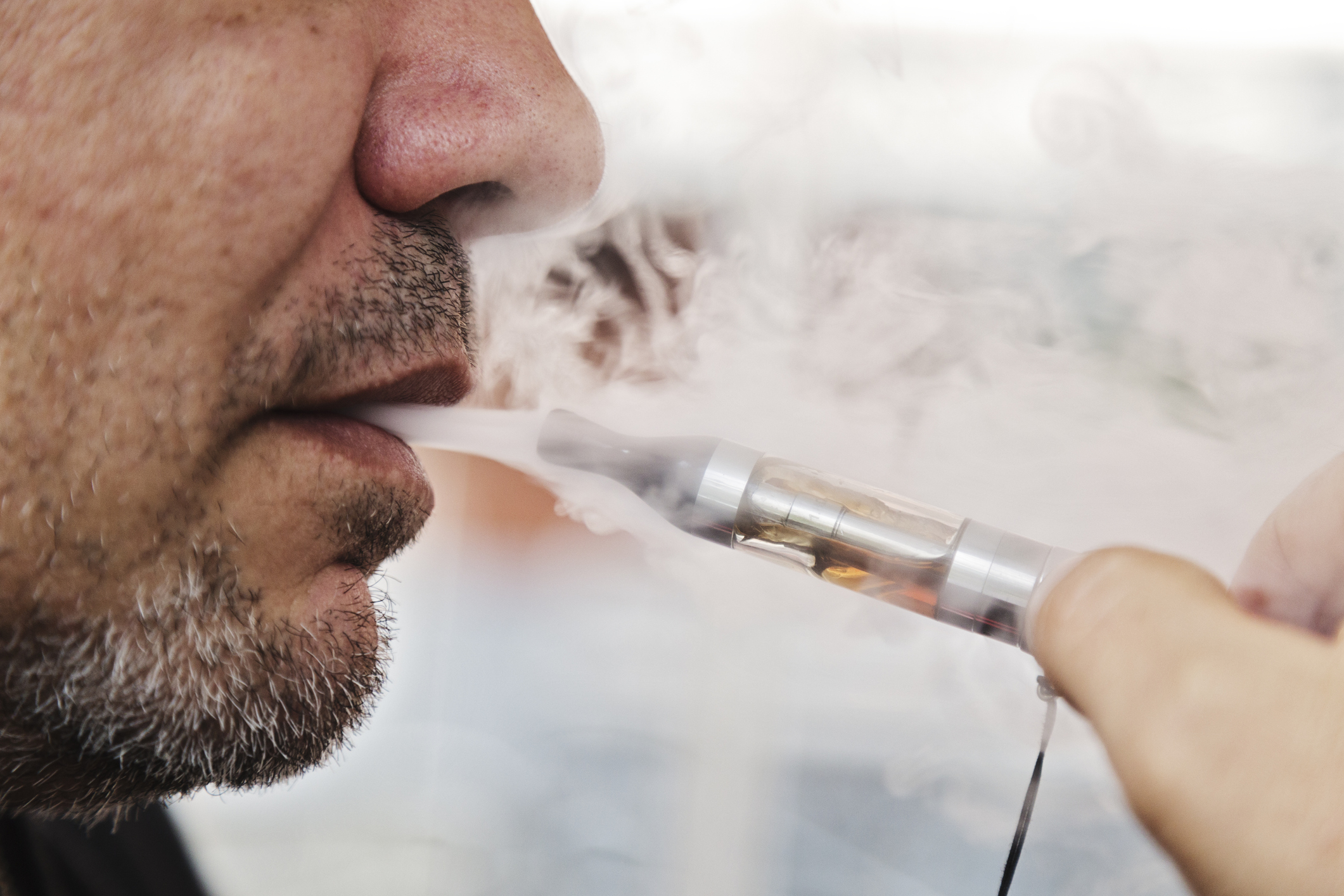CBD—short for cannabidiol—is a compound extracted from hemp and cannabis (marijuana) plants, touted to relieve everything from chronic pain to anxiety to insomnia. Facilitated by a change in the U.S. Farm Bill in 2018 allowing the farming of hemp for commercial sale, a dizzying array of products that contain CBD began appearing online and on store shelves. These products come in the form of ingestible tinctures (drops), capsules, vaping liquids, oils, lotions, sprays—even gummy bears. CBD is in beauty products, chocolate bars, popcorn, peanut butter, and dog treats. You can order a CBD-laced latte or get a CBD-infused massage.
Americans are intrigued: The number of Google searches for “CBD” or “cannabidiol” has increased well over 100 percent annually since 2017 in the U.S., according to a 2019 study in JAMA Network Open led by University of California, San Diego, researchers. There were 6.4 million Google searches in April 2019 alone, the study reported, which far exceeded the number of searches for other health topics like “diet,” “exercise,” and “meditation” during the same period. Do a search today for “CBD,” and you will get hundreds of millions of results.
Is it pot or not?
CBD is one of more than 100 chemical compounds known as cannabinoids that come from marijuana or its close relative hemp (both are varieties of the plant Cannabis sativa). But unlike another well-known compound from the marijuana plant, tetrahydrocannabinol (THC), CBD doesn’t get users high. THC produces its buzz when smoked, vaped, or consumed (such as in brownies or other “edibles”). CBD doesn’t have the same psychoactive effect on the brain as THC.
Hemp, a source for CBD, is grown for several uses, such as making paper and cloth, and it is used as an ingredient in an increasing number of foods and beverages. By U.S. law, CBD products (sometimes labeled “CBD oil” or “hemp oil”) derived from hemp plants can’t contain more than 0.3 percent THC by weight, a concentration ineffective for any buzz. Be wary if a product claiming to be pure CBD gets you “high”—it may be contaminated, such as with actual THC or some unwanted drug, or be causing an interaction with a medication you may be taking.
Hazy legal status
Federal and state laws are at odds over CBD’s legal status. The federal 2018 Farm Bill gave U.S. farmers the green light to grow and sell hemp. Yet the U.S. Food and Drug Administration (FDA) has approved the use of only one form of CBD, a proprietary prescription-only oral solution called Epidiolex, for the prevention of two rare forms of childhood epilepsy (not for any other convulsive disorder). Because the FDA deems CBD to be an investigational drug, the agency forbids its sale in dietary supplements and foods. (The FDA doesn’t regulate ingredients in beauty products, and so far, using CBD in cosmetics isn’t restricted.)
To confuse matters further, states often override federal laws, and most allow the sale of products containing CBD oil derived from hemp, though in some states you may need to obtain a note from your doctor and purchase products at a special dispensary. Also, the types of CBD products you can buy depends on where you live. For example, Massachusetts forbids the sale of foods containing CBD, while neighboring New York permits CBD edibles. CBD sometimes falls into a gray area of the law. It’s safe to say that state and federal regulators are still sorting out CBD’s legal status, so laws throughout the country will likely evolve.
What might CBD do for you?
Aside from the use of CBD for two specific childhood epilepsies, other alleged health benefits linked to CBD are unproven. That’s despite claims on package labels, in internet ads, and by clerks at stores. Animal studies suggest that CBD has some medicinal properties, such as tamping down inflammation (at least in mice!), but as yet there’s no convincing scientific evidence to support most health claims. Moreover, research on CBD has used several hundred milligrams daily, whereas retail products typically provide only a fraction of such doses when used as directed.
Here’s what we know about CBD for some of its more common uses:
Pain. Some preliminary research suggests that buzz-causing whole-plant cannabis can ease pain, and a proprietary cannabis-based pain reliever containing both THC and CBD called Sativex is available in 27 countries including Canada and the U.K. (not the U.S.) for treatment of pain and muscle spasticity caused by multiple sclerosis. But overall, little research has been published reporting the effectiveness of CBD alone for pain relief. A randomized controlled trial in the Medical Journal of Australia in 2021 found that CBD (400 milligrams) was no better than placebo when given in addition to pain-relief medication to patients presenting in the emergency department with low back pain. Researchers have also studied CBD’s effectiveness in easing nerve pain, but the studies have been too small to be relevant, and results have been inconsistent.
Topical CBD products may prove to be of value for treating some types of pain, if adequately formulated and applied, though research is preliminary at present. In a small study in Current Pharmaceutical Biotechnology in 2020 of people with peripheral neuropathy, those who applied CBD oil to their lower extremities for four weeks had greater symptom relief than participants who rubbed on a placebo. Transdermal delivery may impact receptors near the skin surface, unlike smoked, vaped, or ingested CBD. It’s unclear how the FDA will proceed with topical CBD products, but for now at least, states are being allowed to sell them as long as manufacturers don’t make any health claims.
Anxiety and depression. The few studies to evaluate the effects of CBD for anxiety have been small and short term. For instance, in a Brazilian study in Neuropsychopharmacology in 2011, 24 adults with social anxiety disorder (SAD) were given 600 milligrams of CBD (a hefty dose) or a placebo and then asked to deliver a speech 90 minutes later. Compared to the untreated participants, the CBD users reported less anxiety and discomfort—on par with levels experienced by a group of 12 healthy people without anxiety who also gave speeches but did not take CBD. The authors concluded that “These preliminary results indicate that a single dose of CBD can reduce the anxiety-enhancing effect provoked by SPST [simulated public speaking test] in SAD patients, indicating that this cannabinoid inhibits the fear of speaking in public, one of the main symptoms of the disorder.”
However, another small study, published in Cannabis and Cannabinoid Research in 2017, found that treating healthy people with varying doses of CBD failed to dampen their emotional responses to upsetting or threatening images and words. There’s even less support for the idea that CBD relieves depression.
Sleep problems. A 2019 study published in The Permanente Journal reported some sleep benefits in people given 25 to 175 milligrams a day of CBD for anxiety. Sleep scores improved during the first month of use but then fluctuated over time, with 25 percent of participants reporting worsening sleep. In addition, the study was open label, meaning there was no placebo or control group, and the participants knew what they were taking. Evidence from better-designed studies is needed.
Other conditions. Limited evidence suggests that CBD could help improve symptoms of Parkinson’s disease and might help curb opioid addiction, but more research is needed. Studies have failed to find benefits in other diseases, including Crohn’s disease (an inflammatory bowel disorder) and diabetes. Claims that CBD can treat Alzheimer’s disease, cancer, and pet anxiety are all unsubstantiated.
Not to be taken lightly
Reviews of multiple small-scale, short-term human studies have found that pharmaceutical-grade CBD is generally safe, but the high-quality products used in most studies may differ from those in over-the-counter CBD products. The World Health Organization (WHO) stated in a 2018 report that “In humans, CBD exhibits no effects indicative of any abuse or dependence potential” and that there is no evidence of “any public-health related problems associated with the use of pure CBD.” However, the FDA says that evidence is insufficient to deem CBD safe when used as an ingredient in human and animal food. If you decide to try CBD, always talk with your doctor first, and bear in mind the following potential concerns:
Adverse effects. In clinical trials, some people treated with Epidiolex reported drowsiness, diarrhea, loss of appetite, and other side effects. Liver damage has occurred, too, and patients who take Epidiolex must have their liver function regularly monitored. Similar side effects and liver injury have been reported in studies of CBD use for other purposes. What’s more, it’s unknown whether CBD has long-term adverse effects, especially in older adults with chronic conditions.
Drug interactions. CBD can interfere with the breakdown and effectiveness of some common drugs—raising blood levels of the drugs, for instance. And some medications, when taken with CBD, can slow the rate of CBD breakdown. Moreover, these interactions can involve medications often prescribed to treat the same conditions for which CBD is dubiously touted—and taking CBD without medical supervision when using other medications could present an additional health risk.
According to reports, CBD heightens the activity of the anticoagulant warfarin (Coumadin), increasing the risk of bleeding. Using CBD with drugs that depress the central nervous system, such as benzodiazepines like alprazolam (Xanax) and diazepam (Valium), can induce or intensify drowsiness and sedation. CBD can amplify the potency and side effects of alcohol and other drugs, including the muscle relaxant chlorzoxazone (Lorzone) and the bronchodilator theophylline (Theochron, and others). It can also interact with herbs and supplements, such as melatonin and St. John’s wort.
Quality problems. Since there’s minimal oversight of the CBD market, there’s no guarantee the information on the product’s labels is accurate, and manufacturers have little incentive to monitor quality closely. Some products have been found to be contaminated with microorganisms and pesticides and other chemicals. An analysis of 84 CBD products purchased online found that 26 percent contained substantially less CBD than stated on their labels, and 43 percent contained significantly more.
Synthetic CBD. Beware of recreational products that add synthetic cannabinoids to plant material, which could make you very sick. These products, which go by names like Spice and K2, have been found to contain contaminants such as rat poison and have been linked to severe bleeding and several deaths.
And there’s another risk to be aware of: If you use a CBD product, you might test positive for marijuana on a drug screening.
BOTTOM LINE: There isn’t enough evidence to recommend CBD for any medical use aside from the rare childhood epileptic conditions it’s approved for. More research is needed to establish CBD’s safety, including safe and appropriate dosages, interactions with drugs and foods, and other potential side effects. Until then, it pays to approach CBD products with healthy skepticism.
The fast-growing market for CBD products is largely unregulated, and not all products may be safe. It’s like the Wild West out there, with many companies trying to cash in. If you’re still intent on trying CBD, here are some buying tips:
- Buy from a licensed dispensary if one is available in your state. These establishments, which also sell marijuana, are required to label CBD amounts in their products.
- If that’s not an option, look for products that provide key information on the package, including serving size, the amount of CBD per dose, the net weight, the manufacturer or distributor name, a batch or date code, and directions for use. Products should also say whether the CBD is in full-spectrum, broad-spectrum, or isolate form. This information better ensures that the product is reputable but is still no guarantee of safety or effectiveness.
- CBD oil is often labeled as hemp oil, but don’t buy hemp seed oil—it contains little or no CBD.
- Read the ingredients list. Some CBD products contain ingredients you may want to avoid, such as artificial flavorings and corn syrup.
- Don’t vape CBD extracts in pens or cartridges. You won’t get high, and there’s no evidence it contributes to health. Rather, each inhale exposes your lung tissues to unknown, potentially toxic substances.
- Be sure to check with your health care provider for possible interactions with other medications you may be taking.





